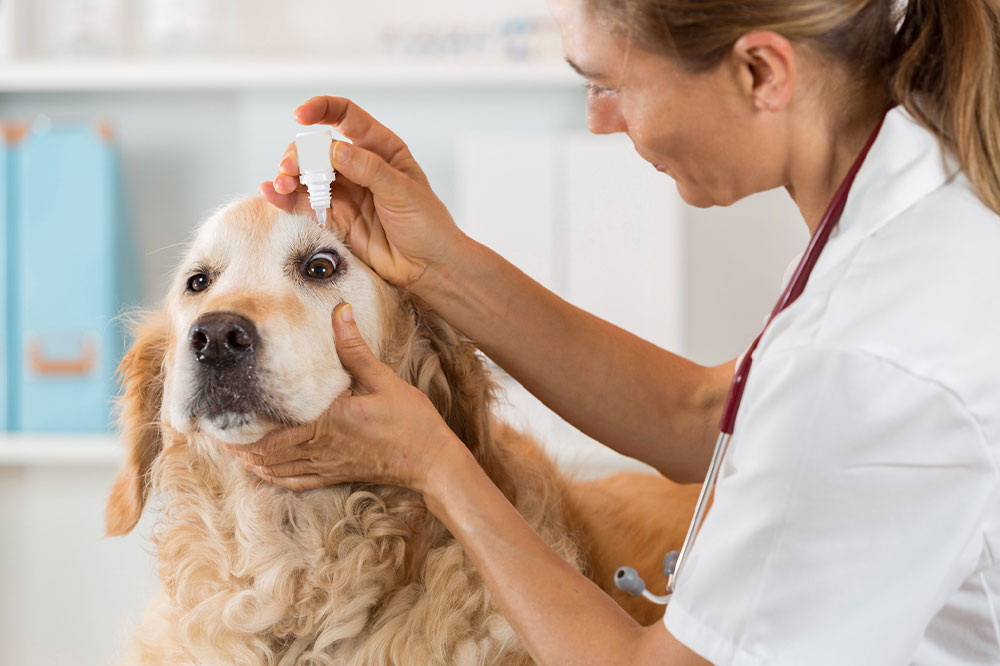
Pet allergy – Causes, symptoms, diagnosis, and management
Pet allergies are pretty common among pet owners. It occurs when a person’s immune system unnecessarily reacts to harmless substances like pet fur and urine. Once the individual comes into contact with these allergens, they can develop symptoms like hay fever, frequent sneezing, and difficulty breathing, ranging from mild to severe. At this point, it is crucial to visit a healthcare provider to receive the right pet allergy treatment and relieve the discomfort.
Causes
Pet allergies are prevalent among people who live with pets or interact with them frequently. Health professionals have identified several triggers or allergens that cause these allergies:
- Pet skin
The dead skin flakes shed by pets are one of the major causes of a pet allergy. Many homeowners come in contact with these skin flakes and develop uncomfortable symptoms. - Pet fur
Different pets have different kinds of fur. Regardless, any fur can trigger allergies in people. Furs that collect pollen and molds may aggravate the condition and worsen the symptoms. - Pet saliva
Some pets tend to lick their owners affectionately while greeting them. An allergy might develop if a person’s immune system reacts to their saliva. - Pet urine
Even though pet urine is not always around common areas, people may get affected by the smell.
Pet allergies occur when a person’s immune system reacts to the protein in the animal’s skin cells, fur, or saliva. The immune system perceives these proteins as harmful foreign particles and thus begins to fight them, resulting in various symptoms.
Animals that cause allergies
While any animal’s skin, fur, saliva, or urine can trigger an allergy in humans, specific animals are more likely to cause the problem:
- Cats and dogs
A lot of people in our country have cats and dogs as pets. These animals contribute to a major chunk of allergic reactions. While cats and dogs can cause different types of allergies, dander is a common allergen as it is tiny and can stay afloat in the air for a long time. - Rabbits and rodents
Rabbits and rodents like guinea pigs, hamsters, and mice are kept in cages. The dry dander from these cages becomes airborne and impacts people. One can also develop pet allergy symptoms if they come into contact with these animals’ saliva or skin cells. - Fish and reptiles
Even though fish and reptiles cause allergic reactions in humans, the number of cases is lower owing to minimal contact. Still, those who interact with them should exercise caution and look for allergy symptoms.
Symptoms
The common symptoms of a pet allergy are as follows:
- Inflammation of the nasal passageway
If an allergic person comes in contact with pets, one of the most visible symptoms they will experience is frequent sneezing and a runny nose. These happen because the nasal passageway becomes swollen. - Difficulty breathing
According to health professionals, breathing problems are the most common symptom. Many pet owners have reported difficulty breathing after coming in contact with pet allergens. Individuals with asthma may feel sudden pressure or tightness in the chest and frequent sleeplessness. - Skin rashes
The effects of a pet allergy can be observed on the skin too. One can develop skin problems like eczema, itchy skin, and red patches. Such a condition is known as allergic dermatitis.
Diagnosis
If someone experiences the symptoms discussed above, they should immediately consult a doctor. The health expert may recommend several tests to diagnose the underlying cause of the allergy. One of the most common tests is the skin-prick test. Here, a small amount of different pet allergens is placed on the patient’s skin, after which their skin is pricked. A proper diagnosis helps the doctor prescribe treatments to manage one’s condition.
Treatment options and management
While pet allergies cannot be cured, their symptoms can be managed with the right treatment. The doctor may develop a treatment plan depending on the type of allergen that is causing the problem. Some people also outgrow the allergy as they age.
Besides following the pet allergy treatment prescribed by the doctor to minimize one’s symptoms, individuals should follow these tips to prevent frequent allergic episodes:
- Keep pets out of the bedroom, as people spend much of their day in this room.
- Avoid hugging pets.
- Ask someone to brush the pets regularly outside the house.
- Clean the carpets regularly to reduce the chance of pet allergen accumulation.
- Use quality HEPA air cleaners to remove allergens from the air.
Individuals can manage their allergies well by exercising precautions and using the right pet allergy treatment. One must also visit the doctor regularly to monitor their condition and modify treatments if needed.




